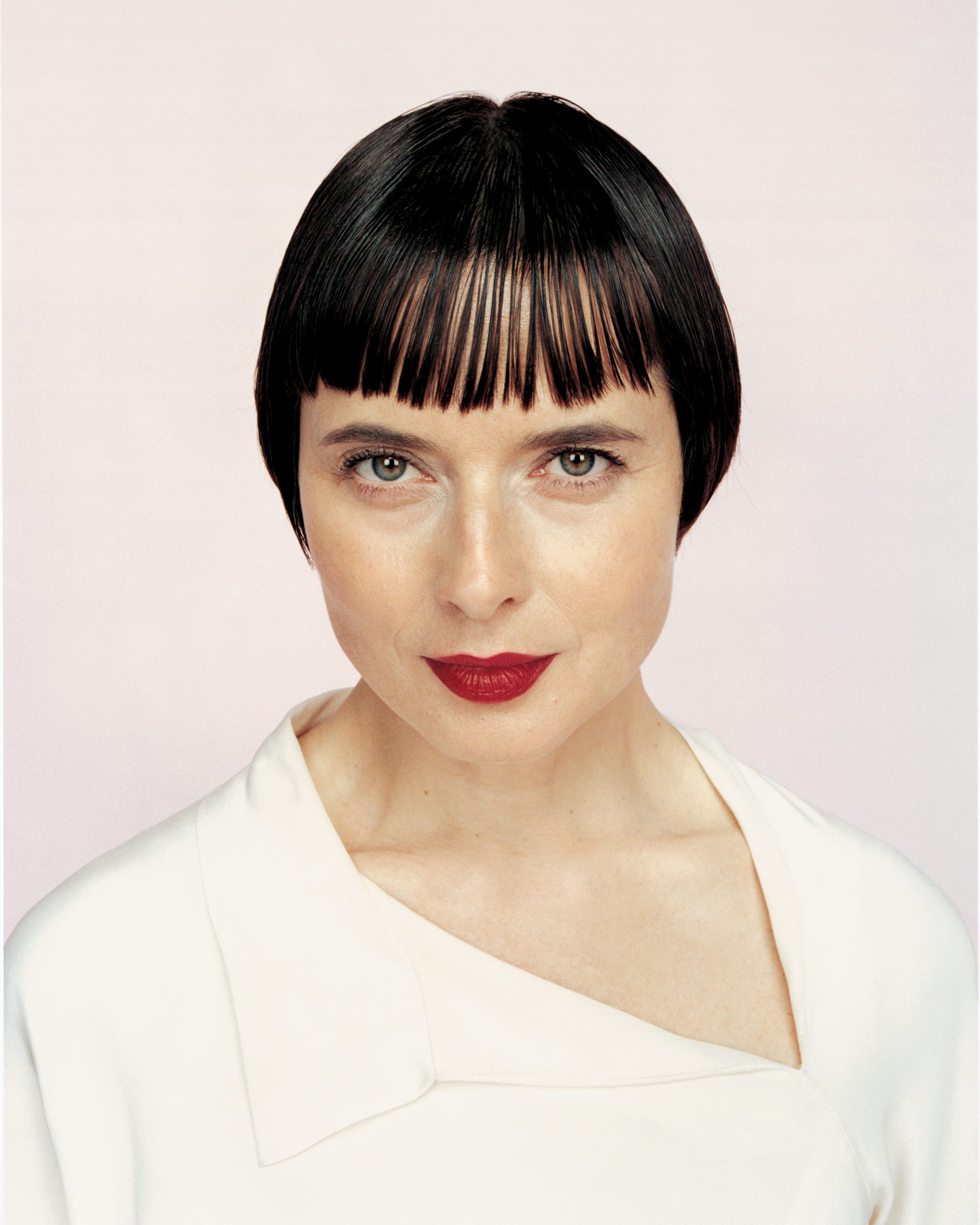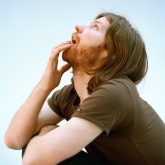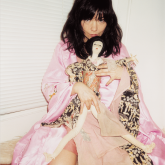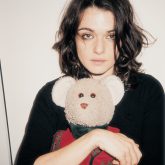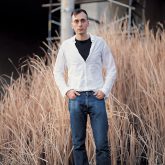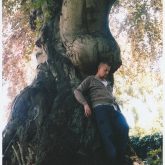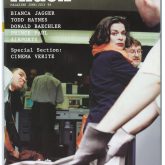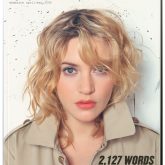INDEX Magazine returns to the spotlight with a special retrospective during Paris Design Week (September 10–14) at CØR STUDIO. Curated by Wahter Studio together with Peter Halley, co-founder of the magazine, the exhibition retraces the history and lasting impact of INDEX, the cult publication that seamlessly blended fashion, art, music, and cinema. On view are photographs by Wolfgang Tillmans, Juergen Teller, and Leeta Harding, alongside a reading room featuring selected issues with iconic interviews—from Alexander McQueen by Björk to Hedi Slimane with Klaus Biesenbach, and Werner Herzog in conversation with Doug Aitken
RITAMORENA ZOTTI: What prompted you to bring INDEX Magazine back into focus today, and how do you think its legacy resonates with the current editorial and visual landscape?
FREDDIE WAHTER: INDEX was formative for me. I first came across it while researching the “indie era” in New York,
and I was struck by how ahead of its time it felt. The breadth of topics, the irreverent tone, and above all the photographic style — this raw, snapshot aesthetic that’s now everywhere — positioned it as a kind of godfather of what we see so much of today. Bringing it back now feels urgent because Gen Z already reveres the figures and the visual language that INDEX helped establish, but there’s little awareness of its origins.
In today’s editorial and visual landscape, its legacy feels almost prophetic. The collapse of boundaries between art, fashion, music, and everyday life that INDEX embraced is now the default. The lo-fi intimacy of its photography, once unconventional, is now the visual currency of social media. What we’re showing is that INDEX didn’t just reflect its moment — it anticipated the way culture would come to be produced, consumed, and circulated.
RZ: In the curatorial process, what criteria did you use to select the most representative images and materials?
FW: I’ll admit we were a little biased in the curating process — we all have favorites that feel close to our hearts and continue to inform who we are today. For me, including Björk, Aphex Twin, and Willem Dafoe felt essential. But beyond personal affinities, the guiding principle was to create a kind of visual timeline — tracing how the magazine evolved editorially and in design over the years. A portion of the retrospective is dedicated to spreads that embody this range: the weightier, more cerebral conversations alongside the fleeting, ephemeral ones. INDEX was unique in its ability to hold both — and we wanted viewers to experience that same emotional spectrum we felt when discovering it ourselves.
We were also very conscious of the stories behind the images. For example, Wolfgang Tillmans’ cover of Bianca Jagger wasn’t planned — it was shot spontaneously at the airport as she was checking in. That kind of unscripted, almost accidental brilliance is central to INDEX’s DNA, and highlighting those backstories felt just as important as the visuals themselves.
RZ: The exhibition brings together photography, interviews, and a reading room: how did you design the display to capture the spirit of the magazine?
FW: Discovery was central to how we imagined the exhibition. INDEX was never just a magazine you consumed passively — it was something you stumbled upon, got lost in, and often carried with you. We wanted to recreate that sense of immersion, so the design of the show needed to move beyond simply hanging images on a wall.
The retrospective is structured in two registers. On one hand, we’re presenting large-scale
photographs and spreads that give visitors an immediate, visual impact — a way to feel the boldness of the magazine’s design and editorial voice. On the other, we wanted to preserve the tactile, intimate experience of flipping through an actual issue. That’s where the Reading Room comes in. By placing select archival copies within reach, we’re inviting people to slow down, browse, and make their own discoveries, much like readers would have in the late ’90s or early 2000s.
This combination was important to us because INDEX thrived on contrasts — high culture and low culture, the staged and the accidental, the iconic and the everyday. The display mirrors that by allowing both spectacle and intimacy. Ultimately, the exhibition isn’t about canonizing the magazine in a glass case, but about recapturing the spirit of curiosity, immediacy, and unfiltered conversation that defined it.
RZ: INDEX was known for naturally blending fashion, art, music, and cinema. How has this interdisciplinary approach influenced your practice as a studio?
FW: For us, it’s everything. INDEX showed that culture doesn’t live in silos — fashion, art, music, cinema, nightlife were all part of the same conversation. That interdisciplinary attitude is a guiding principle at Wahter. We approach projects with the understanding that ideas can and should transfer across mediums. A photograph can inform a set design, a DJ set can spark a publication, an exhibition can become a performance.
Remaining fluid in that way keeps the work alive. If you box yourself into one discipline, things quickly become stale or formulaic. The energy comes from allowing cross-pollination — from letting unexpected collisions happen. That’s very much what INDEX embodied, and it continues to shape how we build narratives and experiences at Wahter today.
RZ: Do you have a personal connection with the magazine? Is there a particular issue, article, or image that left a strong impression on you?
FW: It’s hard to narrow it down to a single issue, because every image and conversation feels like a time capsule — each one offers an insight into that moment, yet so many of the themes remain just as relevant today. That’s what I find most powerful: looking back and realizing that the same questions around art, culture, and identity are still circulating, only in new forms. If I had to point to a few, “Indexing the Indie Generation” feels quintessential. It’s almost a blueprint for what a creative studio’s coming-of-age can look like — messy, experimental, and deeply embedded in community. Another that stands out is Doug Aitken’s interview with Werner Herzog, where filmmaking is described not as a glamorous pursuit but as something physical and risk-laden, grounded in confronting reality head-on. And then there’s the Rem Koolhaas conversation, which frames goals not as fixed achievements but as ongoing acts of observation and reinvention.
Those pieces don’t just document a moment — they model a way of thinking and working that still resonates, and that I find myself returning to in my own practice.
